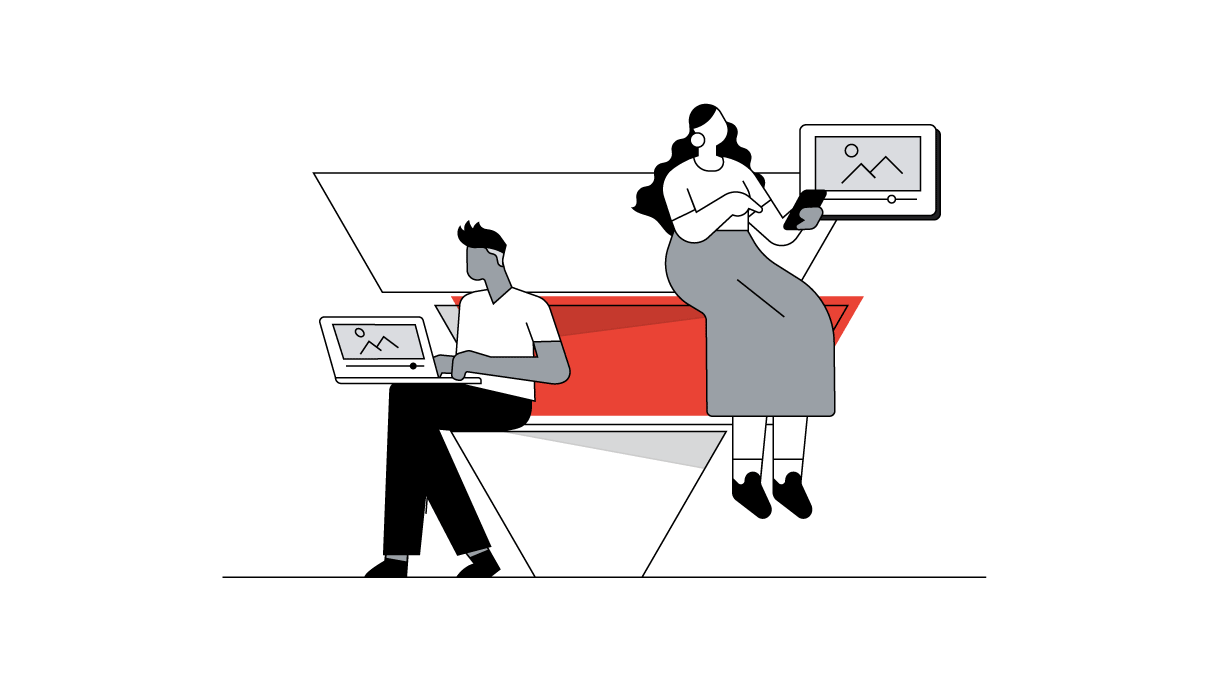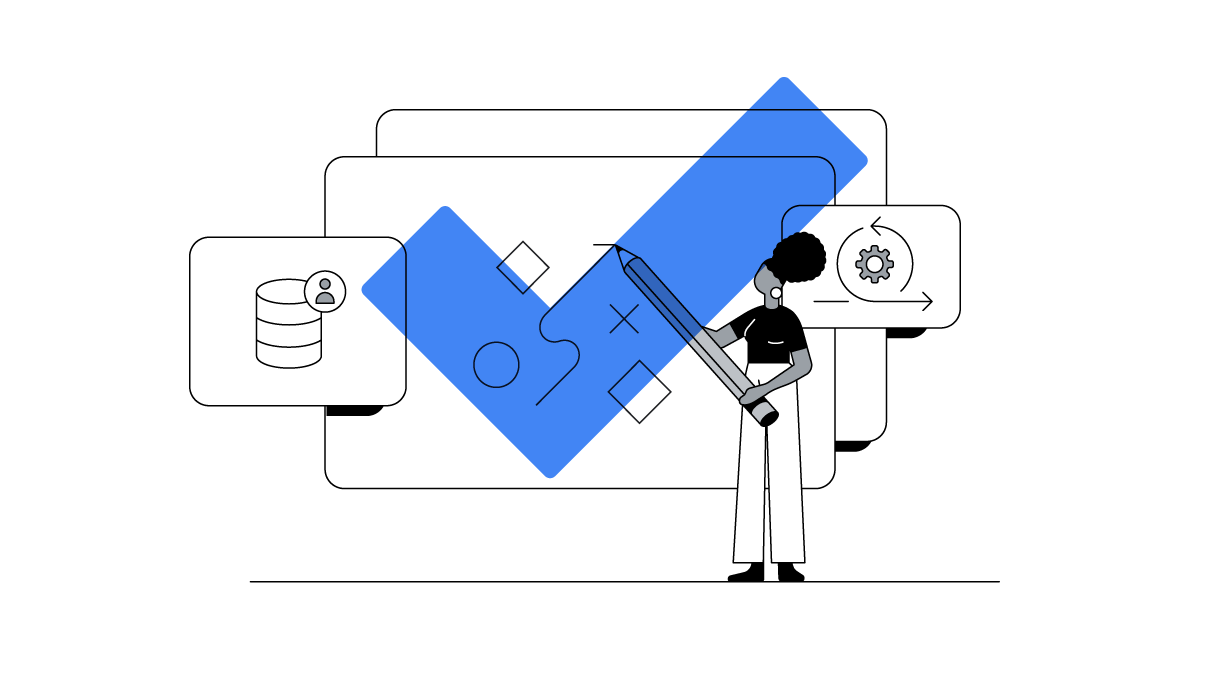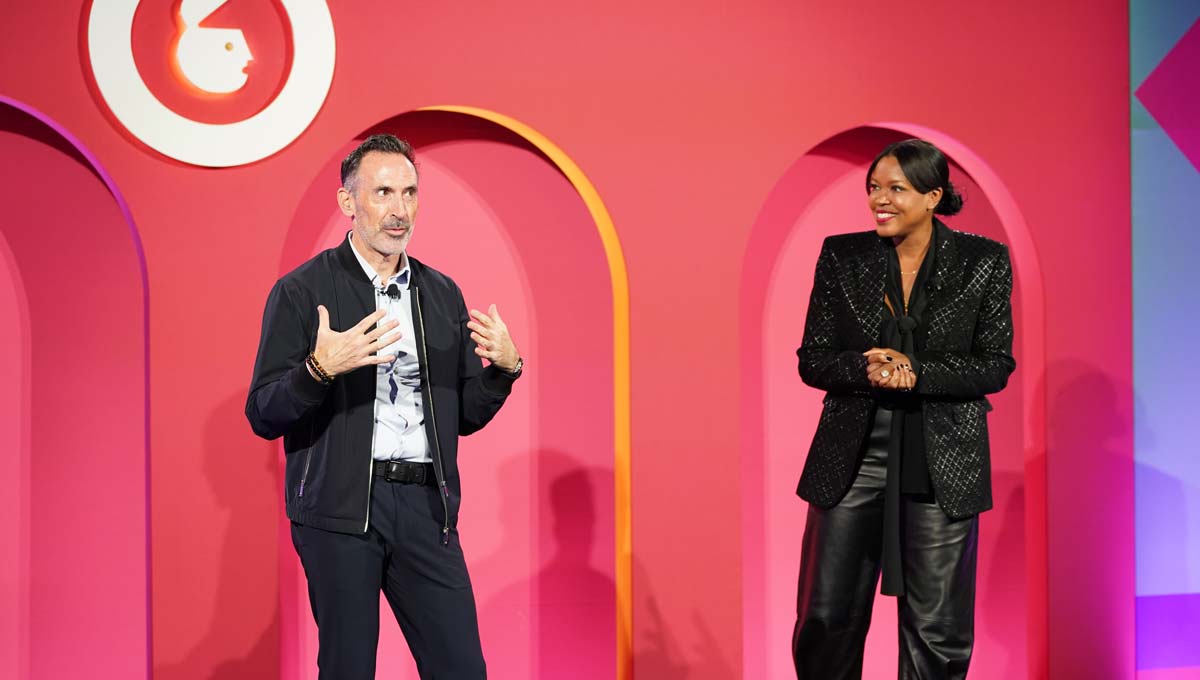Our Evolution of TV series, '7 Dynamics Transforming TV,' introduced the shift of TV over the internet. Here, in Part 4, we explore the impact of the cloud on TV's transformation. Everything we know about TV delivery and viewing is about to change.
Everything from the way we watch TV to how it's distributed is changing. The delivery and production of the TV content we're viewing—and sometimes binge-watching on so many screens—is on the cusp of industry-wide innovation as TV delivery shifts from over the air, satellite, or cable to the internet. To support TV programming over the internet, those responsible for delivering the content—the programmers and distributors—are beginning to migrate their operations to a more flexible, agile environment: the cloud. The migration of TV to the cloud means taking many of the functions currently served by dedicated hardware and localized software and moving them to distributed computing and storage environments.
In our Evolution of TV series, we've been discussing the complexities and opportunities of seven dynamics associated with the transformation of television. Here we'll dig into the third of those dynamics: moving TV to the cloud, and how this shift could bring significant changes to the way TV is delivered and consumed.
The reasons for migrating TV to the cloud are simple. First and foremost, it's about cost savings for programmers and distributors. But this is far from the only reason: Gains in efficiency, ability to streamline operations, and ease of scalability are also key factors. Traditional production and distribution workflows (for example, encoding and transcoding, which is the conversion of files between formats, and stream packaging where content is prepared for multi-screen delivery) can now happen in the cloud without the need for distributors, programmers, broadcasters, or local station groups to bring in localized hardware.
In short, migrating TV to the cloud not only affords programmers and distributors cost savings and efficiency but also enables innovation that could change TV as we know it today into a far more dynamic, personalized, and addressable medium.
There's a lot more to this shift than meets the eye, and examples from outside the TV industry can help inform how the move to the cloud may take shape.
Download the PDF below to get the entire scoop on how parallel transformations in other industries show us that the cloud will encourage innovation and necessitate agility for programmers and distributors, as well as create a vastly different viewing experience for users.








